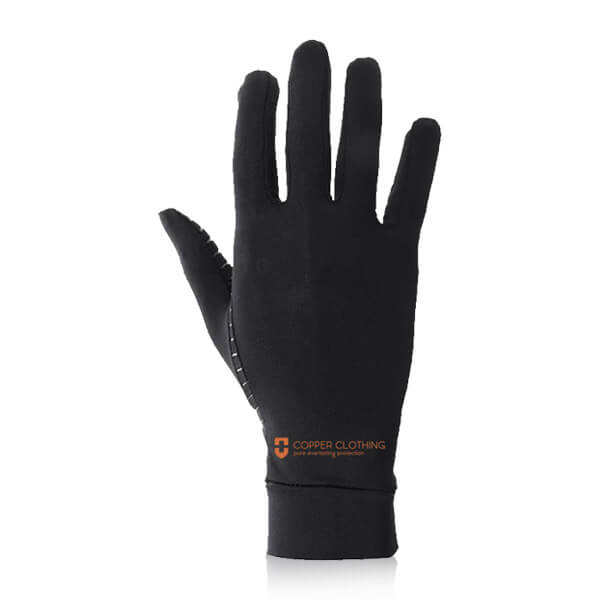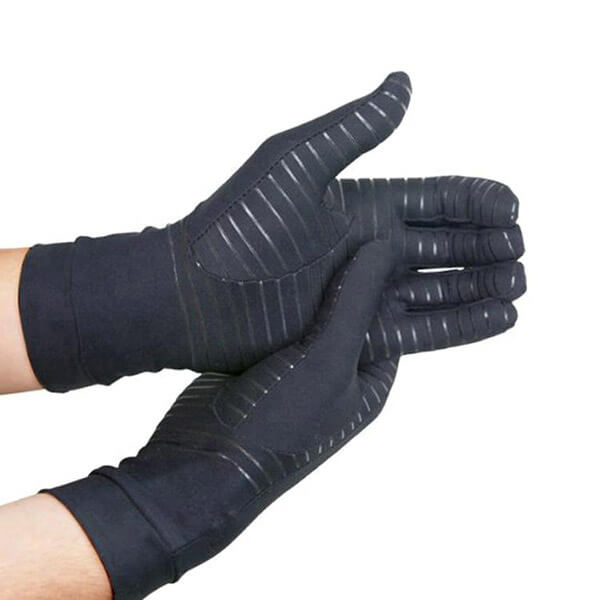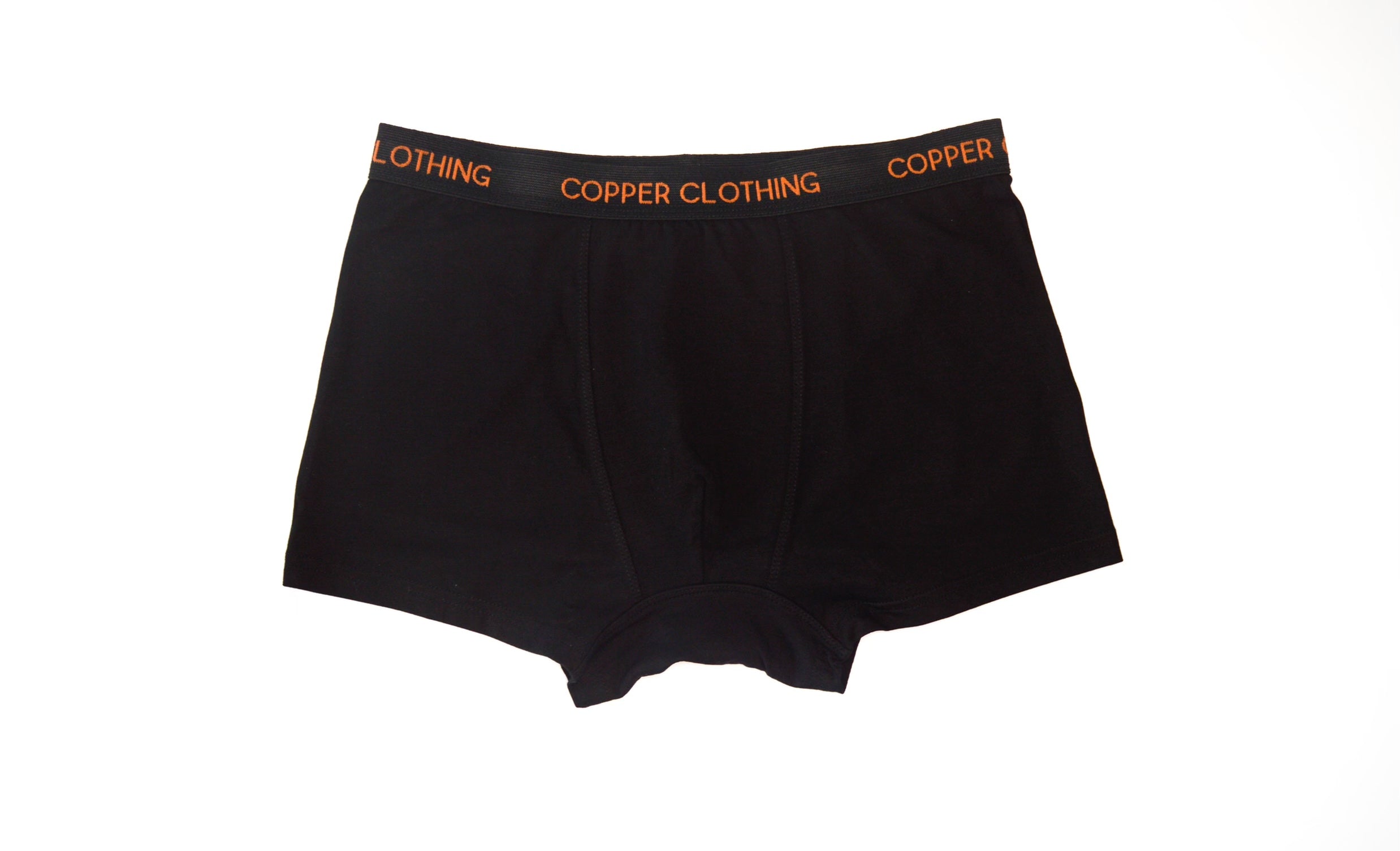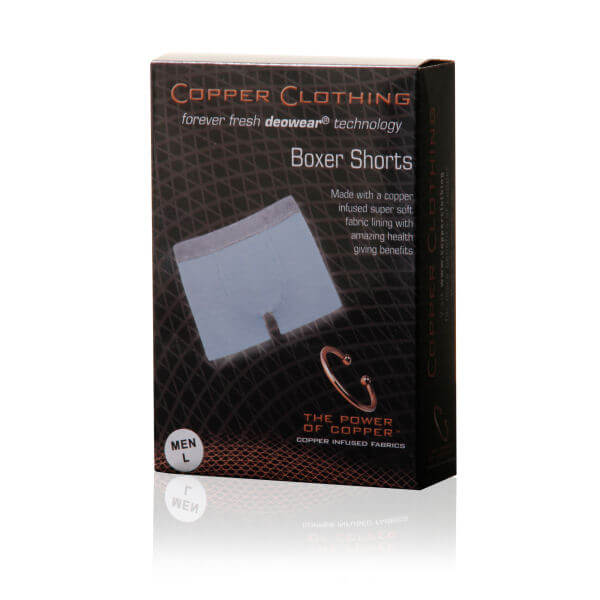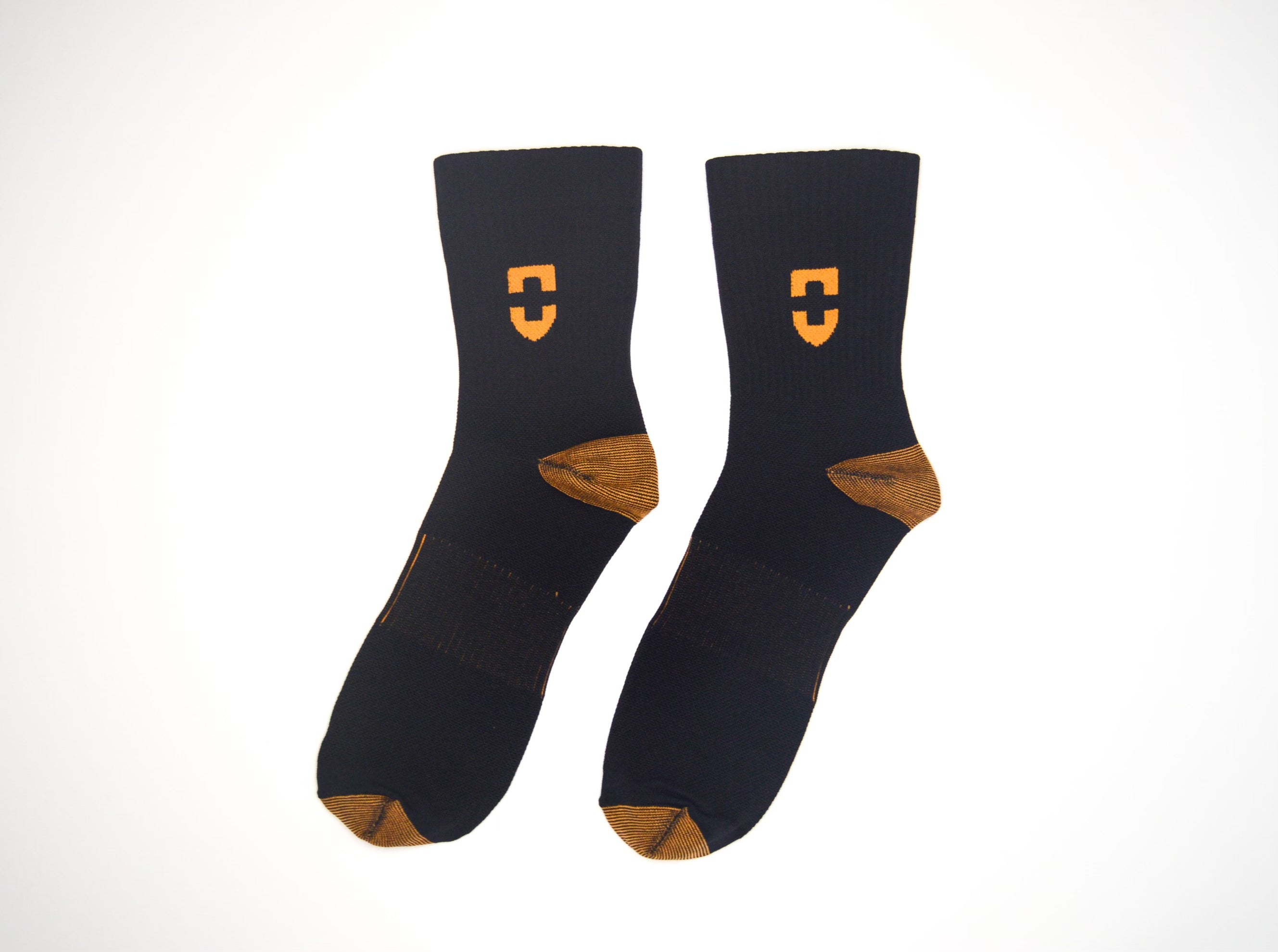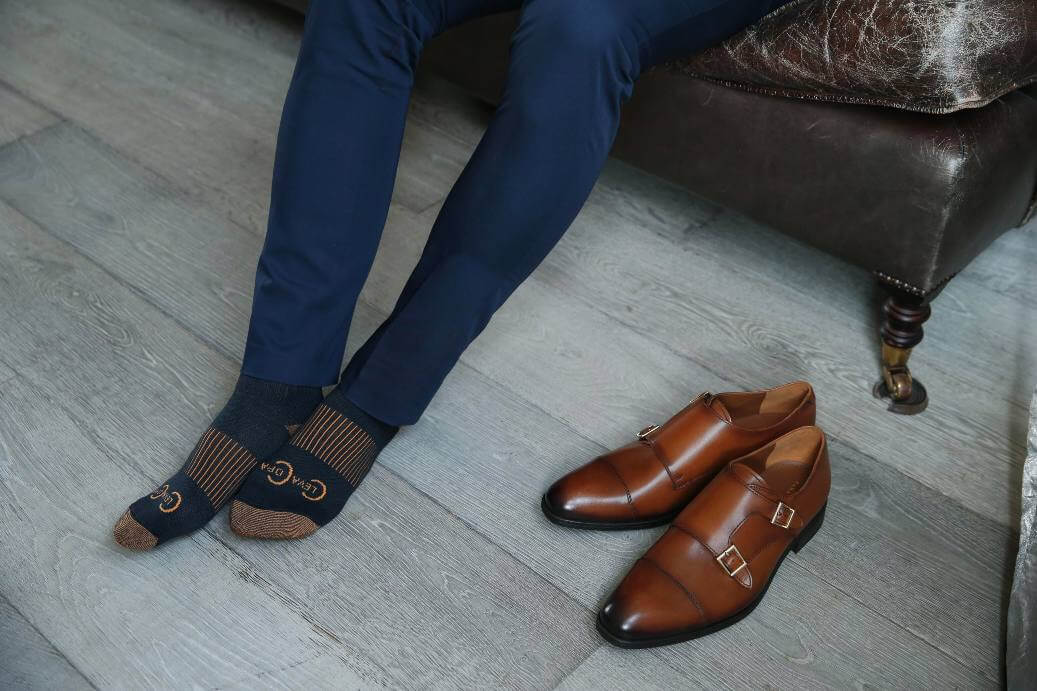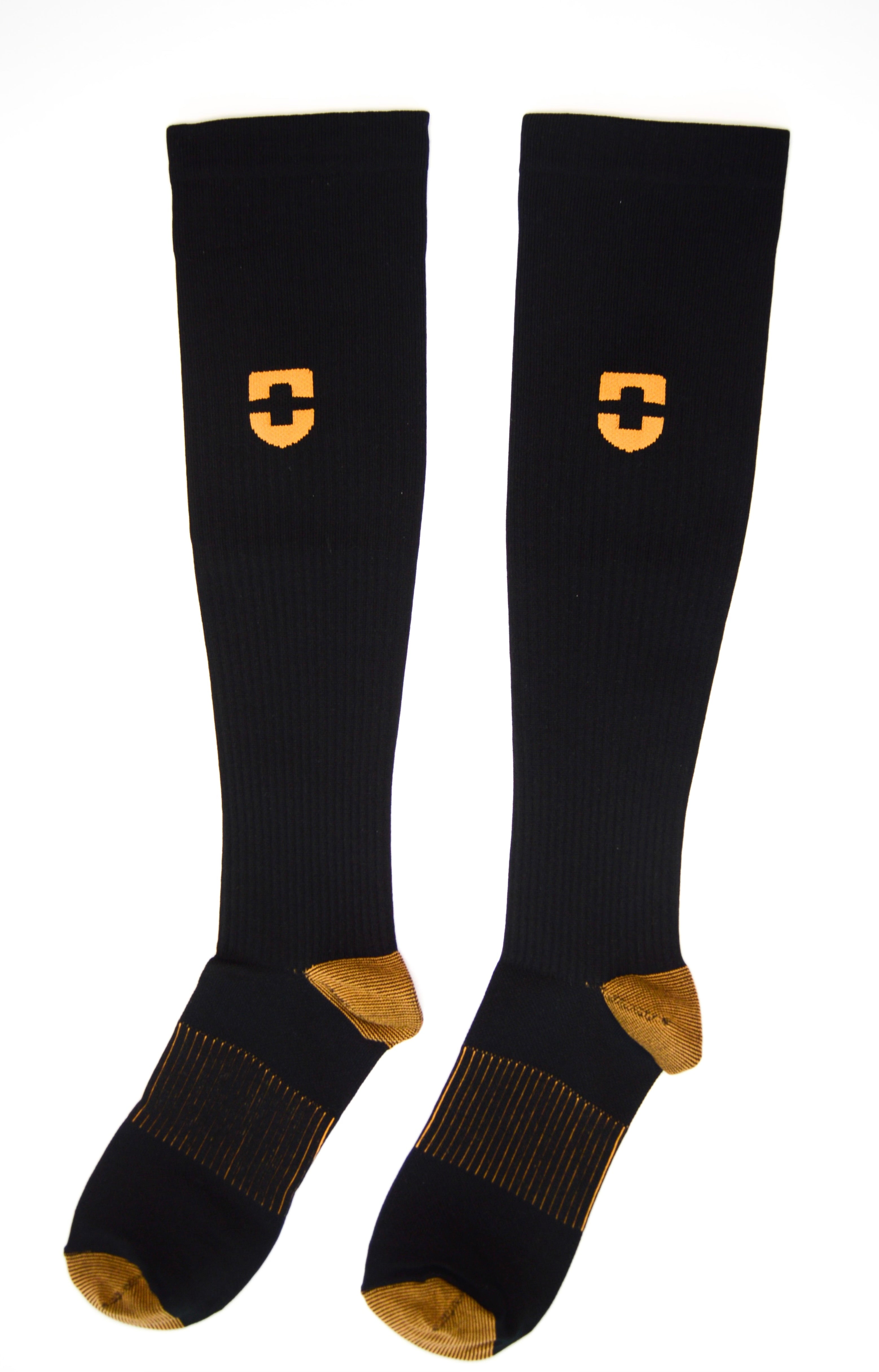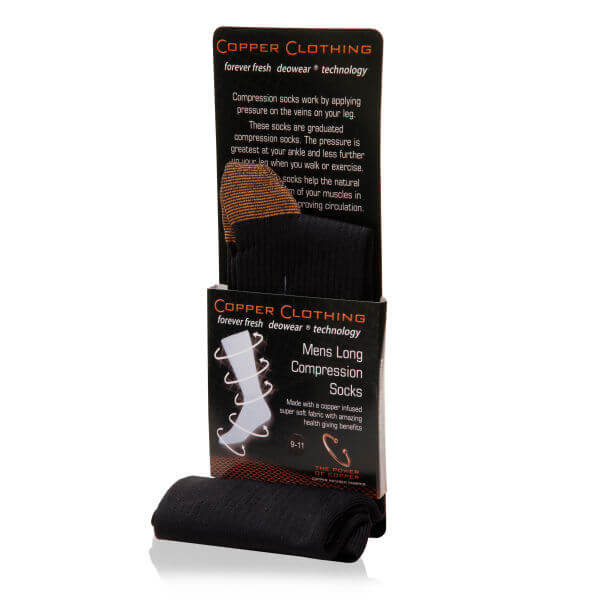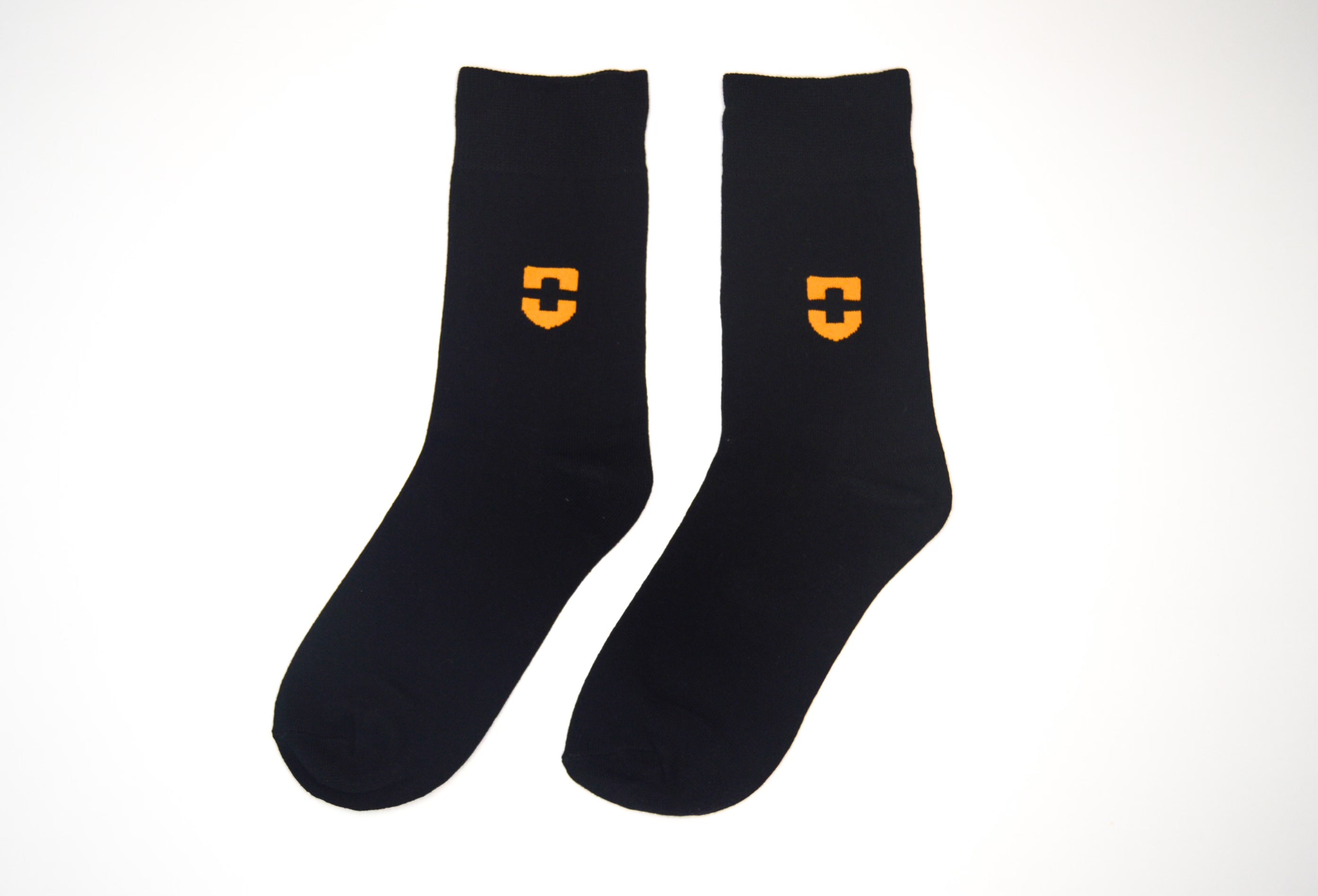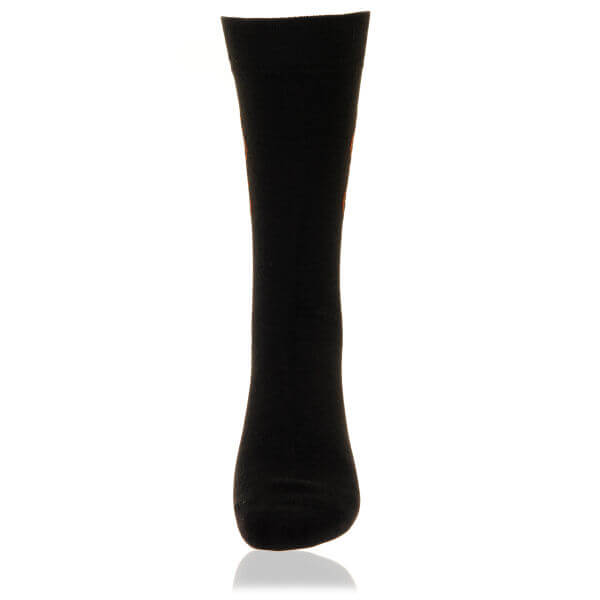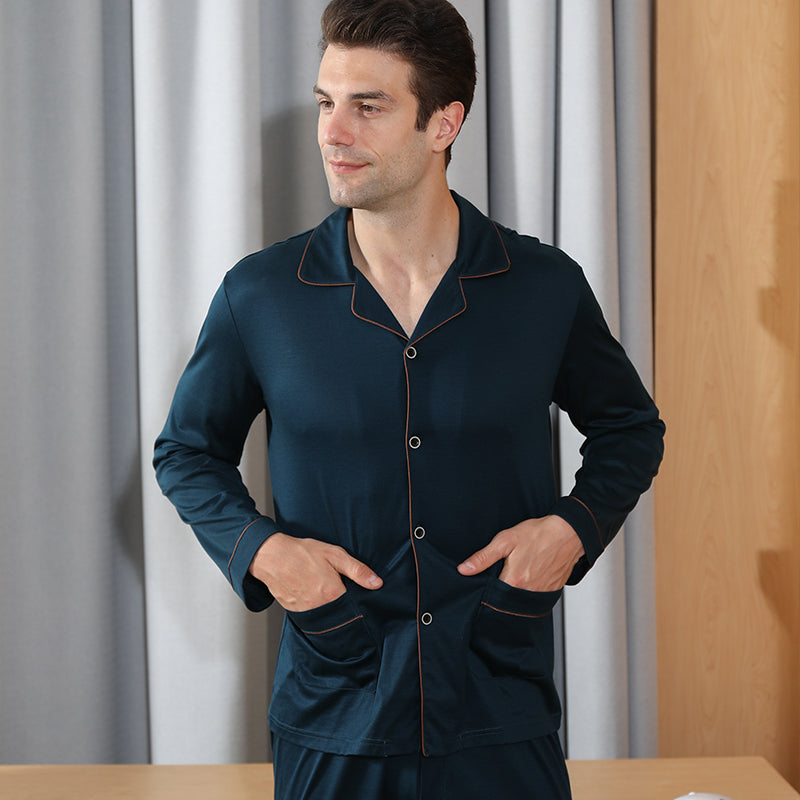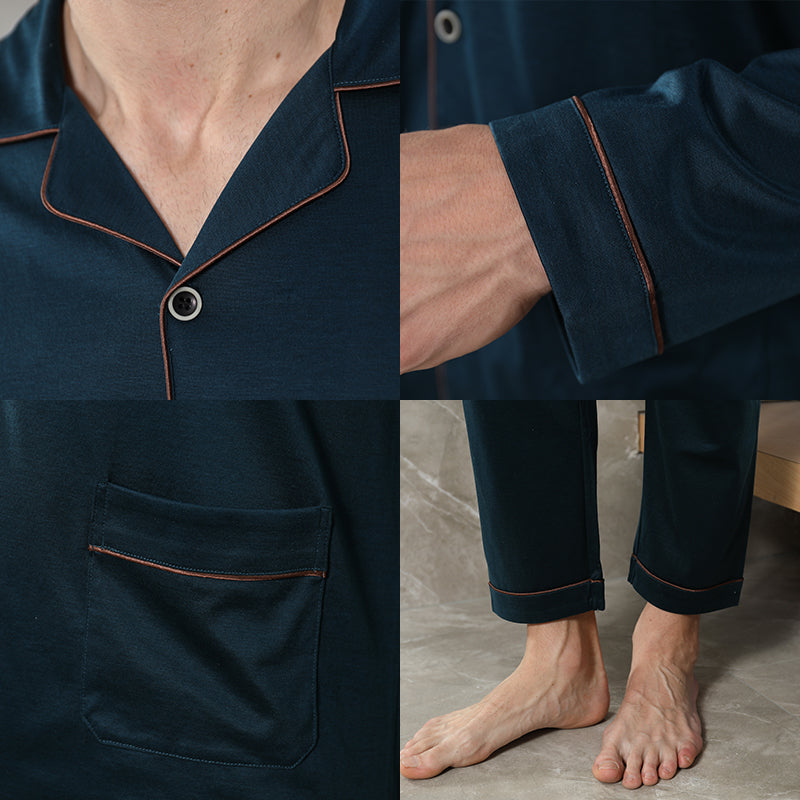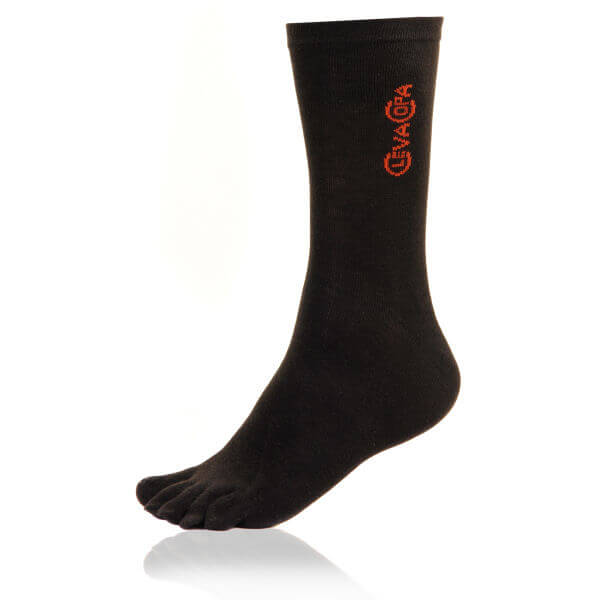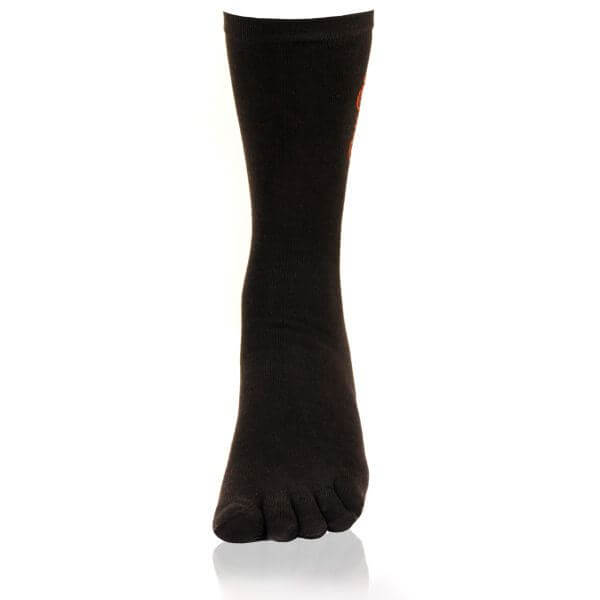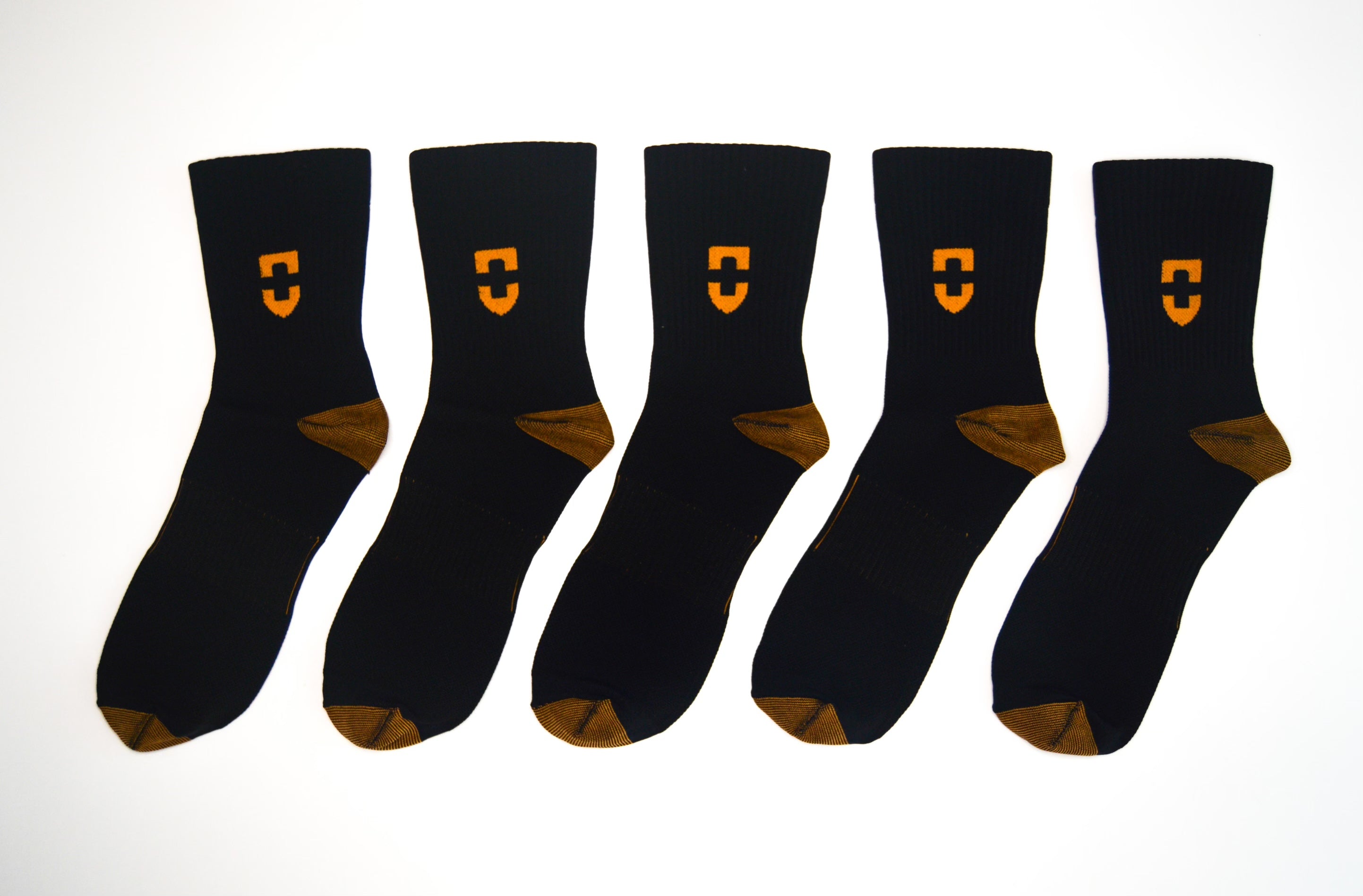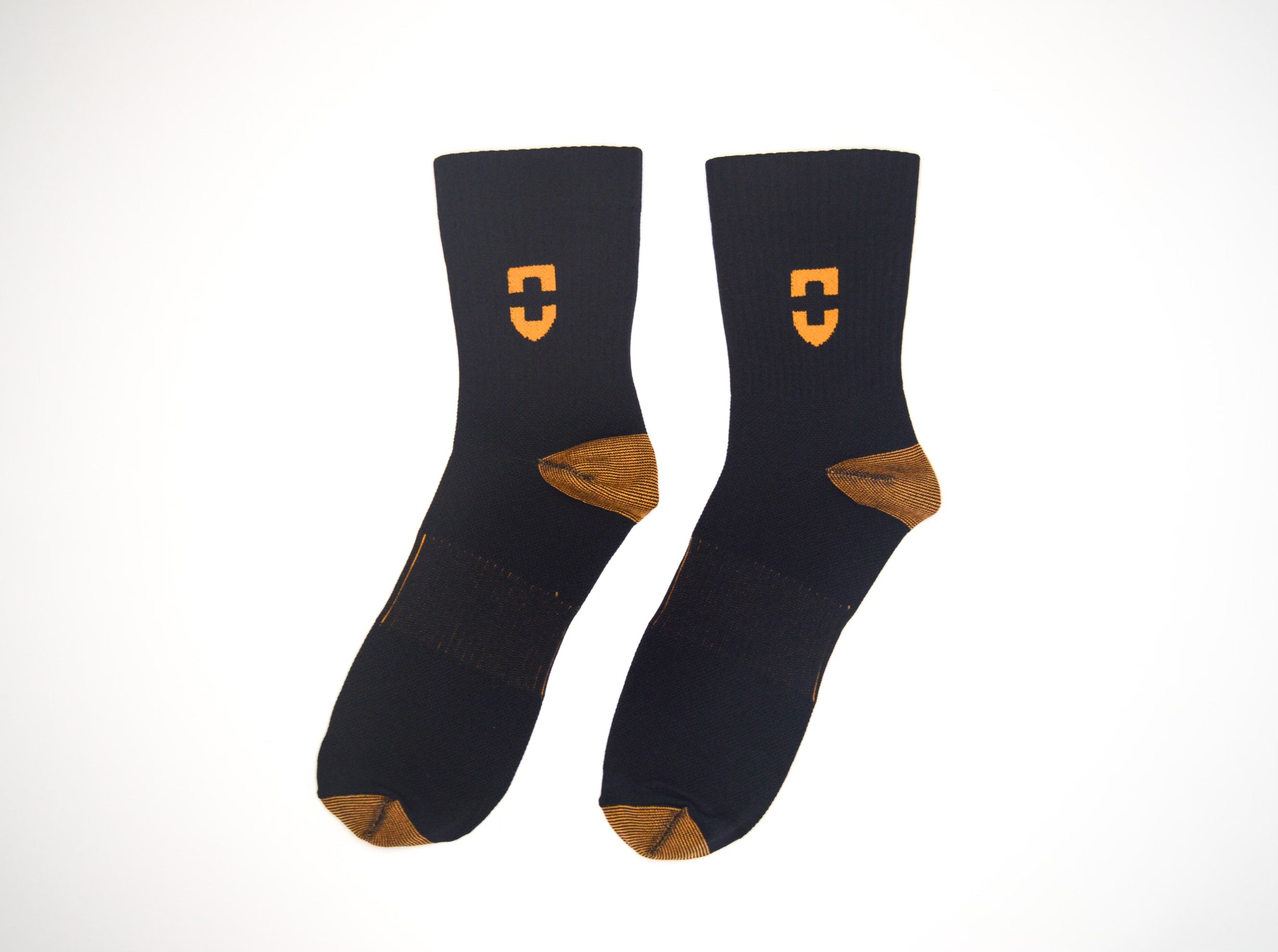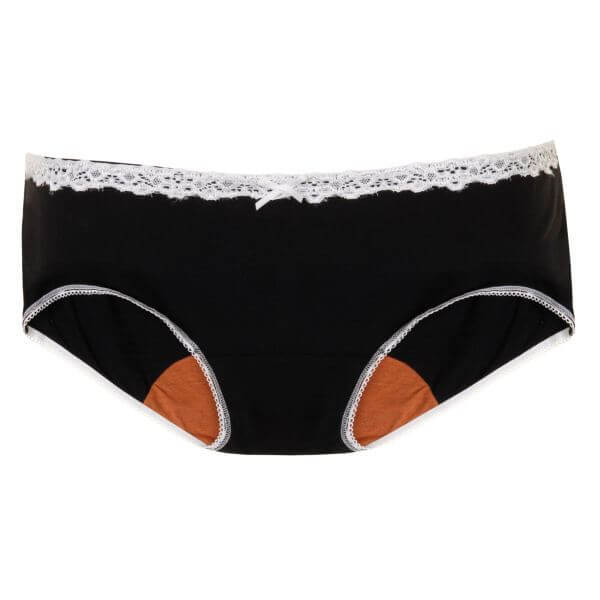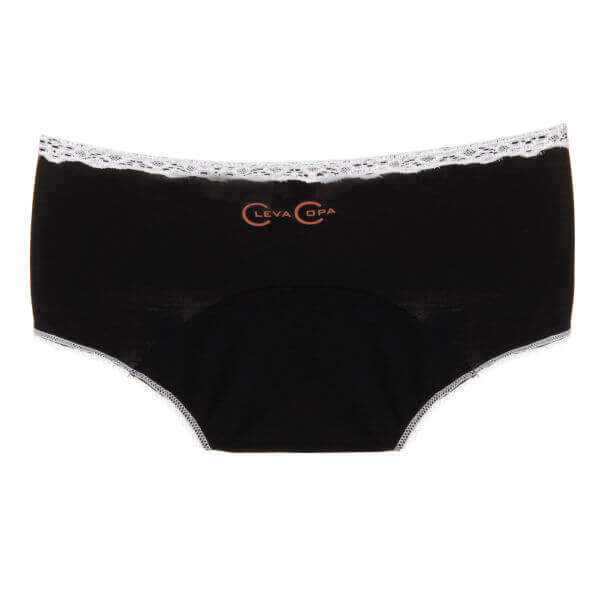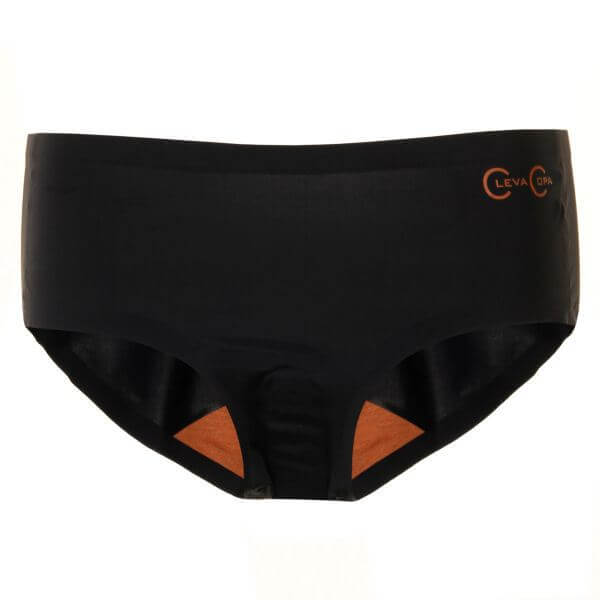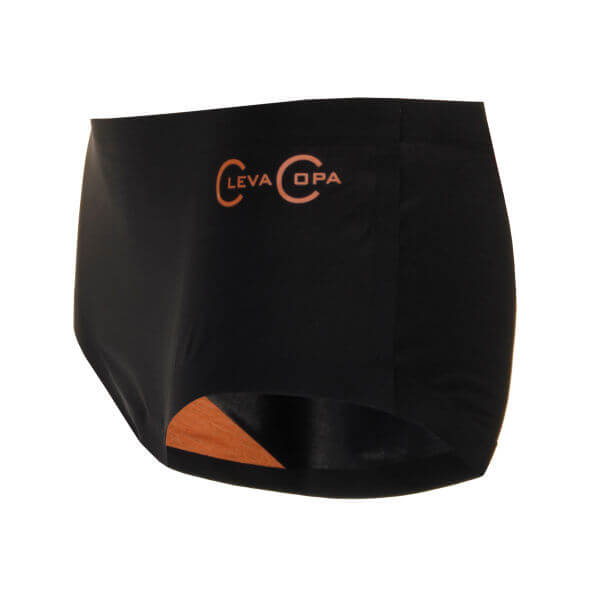What are Diabetic Socks, How They Work, Who Needs them and Why?
Published
January 12 2021
Stay up to date on Copper Product releases & deals.
Subscribe to Our Monthly Newsletter for Deals on Product Delivered to Your Inbox!
Why Diabetic Socks are an Essential Tool in Diabetic Foot Care
If you are a diabetic, you are more susceptible to foot injuries and also prone to infections due to nerve damage that makes your muscles weak. The nerve damage also results in decreased sensation, greatly increasing the risk of foot injuries with fatal consequences. Diabetes also severely damages the nervous system and the circulatory system, which slows down the body’s self-healing
ability. So, how do diabetic socks address this chronic health condition?
Traditional socks have a loose fitting and they get stretched out easily forming lumps beneath your toes and around your heels. They have seams that run through your toes, irritating the vital pressure points in your feet. Typically made from elastic and cotton, your regular socks tend to trap the moisture throughout the day, impairing blood circulation at the top of the sock and increasing the
risk of infections.
Diabetic socks on the other hand, are designed to fit snugly and contain no seams. Their compression works to increase circulation that pumps blood back up your veins to prevent the formation of blood clots and swelling. Diabetic socks are designed to reduce the risk of injuries, maximize blood flow, and prevent blistering by minimizing moisture accumulation. Diabetic socks keep your feet warm during winter and allow the sweat to stay dry during summer. For all of these reasons, diabetic socks should be made a part of your diabetic foot care regimen.
Why use Diabetic Socks?
-
Reduces the risk of blisters, ulcers, fungal infections, foot ulcers and future amputations
-
Controls moisture and protects the feet against bacterial infections
-
Protects the sensitive pressure points of your feet
-
Enhances blood circulation and ensures all-day comfort
-
Provides support and cushioning to the feet and protects against injury and rubbing
-
Provides mild compression for improved blood circulation
Who Should Use Diabetic Socks?
Not everyone suffering from diabetes needs to wear these socks but yes, if you are a diabetic with decreased pedal pulses, nerve damage or foot ulcers then you should consider switching your regular socks with diabetic socks. Also, if your feet are unable to feel temperature changes, you suffer frequent foot injuries, friction rubs, and you are prone to swelling, numbness, redness and irritation spots, it is highly recommended that you wear diabetic socks. If you are an expecting mother and suffer from gestation diabetes, diabetic socks will help reduce the swelling and greatly lessen the chances of developing deep vein thrombosis. Diabetic socks also make a must-have travel accessory for diabetic patients and for those suffering from peripheral vascular disease and diabetic neuropathy.
When to Wear Diabetic Socks?
Ideally, it is recommended that a diabetic patient should wear these socks right from the time you step out of your bed till the time you go to sleep at night so that your diabetic socks get adequate time to maintain your feet at a favourable temperature and boost blood circulation. If you are travelling, standing in a queue at the security check, carting your luggage and sitting in a confined space for hours together can lead to swollen ankles and foot fatigue during long flights. This is why diabetic socks should also be worn during travel especially if you have circulatory issues as these socks will greatly help maintain blood circulation to the heart from the feet.
Diabetic Foot Problems You Can’t Afford to Ignore:
Diabetes can invite major foot-related complications so it is important that you pay attention to the following problems:
-
Pain in Your Feet:
Pain is early sign of diabetic neuropathy wherein the nerve damage adversely impacts your feet. This pain subsides eventually but you also lose the ability to sense if your shoes are tight or if you have suffered an injury. So if you experience foot pain, talk to your doctor about the extent and severity of the pain for a prompt and proper assessment.
-
Tingling Sensation:
If you feel like someone is poking pins and needles in your feet while you are asleep, it may be a symptom of underlying nerve damage or a potential circulation problem.
-
Blisters:
For a diabetic sufferer, even a small blister can turn into a sore overnight or an open wound that heals with great difficulty, so if you get a blister, seek medical care at the very first sign.
-
Loss of Feeling:
The nerve damage caused by diabetes often leads to loss of sensation, so if you cannot feel any part of your feet, see your doctor immediately so that you can get proper care at the right time.
-
Open Wounds:
If you observe any open wound, rush to your doctor so that the injury can be taken care of, before it progresses into something serious and calls for an amputation.
-
Diabetic Neuropathy:
If you are experiencing pain in your feet, it may be due to underlying nerve damage. This condition called diabetic neuropathy and it results in pain, tingling, frequent numbness, burning and loss of sensation. So, if you have a chronic health condition like diabetes, track your symptoms, wear diabetic socks and meet with a podiatrist at least once every year to avoid foot problems and complications.
Benefits of Copper Compression Socks for Diabetic Patients
Copper compression socks combine the health benefits of diabetic socks with the healing properties of copper to ensure long lasting antimicrobial protection. Made using 100% pure copper, these socks lightly compress the ankle and foot to boost blood circulation and reduce the risk of associated ailments. The copper ions embedded in these diabetic socks have moisture-wicking properties that work to prevent fungal and bacterial growth in moisture-prone areas.
Copper’s proven efficacy in reducing skin inflammation and providing pain relief make it a good choice for diabetic feet. Wearing regular socks for a prolonged period produces heat and foul odour, paving the way for infections and foot ulcers in case of poor hygiene but copper compression socks for diabetes are self-sterilizing and anti-odour due to the copper infused in them. They efficiently keep sweat and odour under control, discouraging the growth of infection-causing bacteria and reducing the risk of certain diabetes-related diseases. Diabetes sufferers often have circulation issues but the best compression socks for diabetes have copper ions bonded at the molecular level. This improves blood circulation in the vessels of the foot and leg, allowing the patient to lead an active lifestyle without experiencing any pain. Copper compression socks are designed to meet all the needs of diabetic patients while ensuring complete function without compromising on comfort. Browse through our site for a high-quality selection of diabetic socks for men and women.
Related Read: The Relationship between Copper and Diabetes











